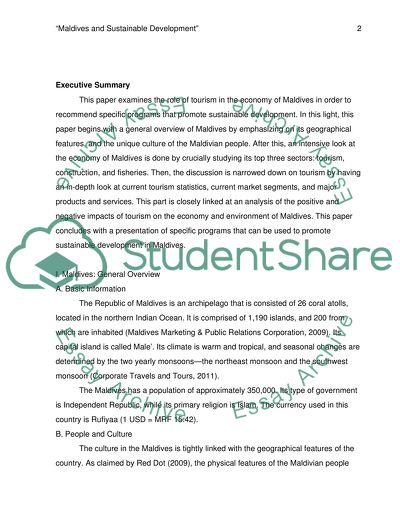Cite this document
(“Maldives and Sustainable Development. Understanding and Developing the Essay”, n.d.)
Retrieved from https://studentshare.org/tourism/1396938-maldives-and-sustainable-development-understanding-and-developing-the-role-of-tourism-in-the-economy-of-maldives
Retrieved from https://studentshare.org/tourism/1396938-maldives-and-sustainable-development-understanding-and-developing-the-role-of-tourism-in-the-economy-of-maldives
(Maldives and Sustainable Development. Understanding and Developing the Essay)
https://studentshare.org/tourism/1396938-maldives-and-sustainable-development-understanding-and-developing-the-role-of-tourism-in-the-economy-of-maldives.
https://studentshare.org/tourism/1396938-maldives-and-sustainable-development-understanding-and-developing-the-role-of-tourism-in-the-economy-of-maldives.
“Maldives and Sustainable Development. Understanding and Developing the Essay”, n.d. https://studentshare.org/tourism/1396938-maldives-and-sustainable-development-understanding-and-developing-the-role-of-tourism-in-the-economy-of-maldives.


